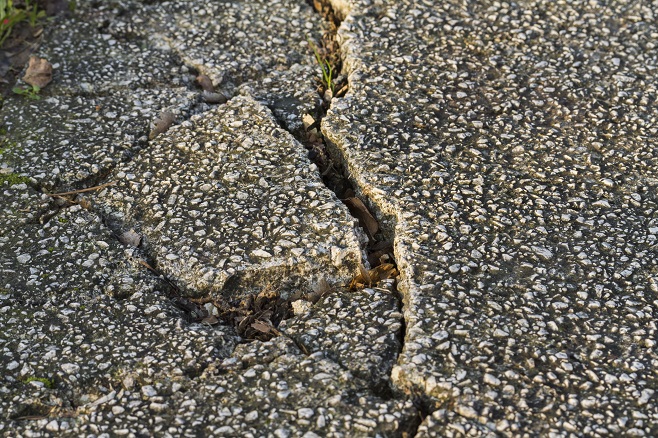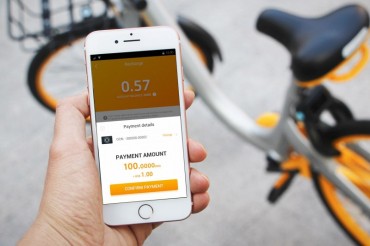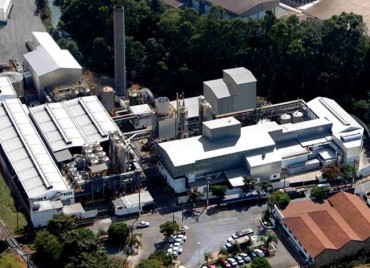BOSTON, March 23 (Korea Bizwire) — According to Verisk Extreme Event Solutions (formerly AIR Worldwide), insured losses to properties from the March 16 M7.3 earthquake that struck offshore the island of Honshu, Japan, will be between JPY 240 billion (~USD 2 billion) and JPY 490 billion (~USD 4 billion). Of that, between JPY 50 billion (~USD 400 million) and JPY 100 billion (~USD 820 million) can be attributed to commercial and industrial properties.
Early reports suggest that more than 580 buildings in Fukushima Prefecture and more than 570 buildings in Miyagi Prefecture were damaged. Other impacts from the quake include power and water outages; damage to highways, rail lines, viaducts, and other infrastructure; short-term cancellation of some train service; and significant supply chain and production interruption for the automotive and paper industries.
The Verisk Earthquake Model for Japan, last updated in 2021, incorporates Japan’s Headquarters for Earthquake Research Promotion’s (HERP’s) view of seismic hazard in some cases as well as its own insights into the seismicity and ground motion model. Verisk’s scenarios closely capture the high ground shaking intensity of the high-frequency ground motions of this quake due to the source characteristics and large spatial variations in site conditions. Like many previous significant earthquakes in Japan, high-frequency ground motions tend to be amplified considerably in areas with shallow soft sediments such as valleys and the coast.
The March 16, 2022, earthquake was preceded by an M6.4 foreshock approximately two minutes earlier. The epicenter of the mainshock was located ~100 km from the epicenter of the March 11, 2011, M9.0 Tohoku earthquake. In the past century, 33 earthquakes of M7 or greater have occurred within 250 km of the March 16 earthquake, including 7 earthquakes >M7 since the March 2011 M9.0 earthquake.
According to Verisk, earthquakes in the Japan Trench with relatively deep focal depths tend to produce very high ground motions in coastal areas. The March 11, 2011, M9.0 Tohoku earthquake is an example of an earthquake with a relatively deep focal depth striking the Japan Trench that had very high ground motion observations. Tohoku was not only the first subduction earthquake exceeding M8.5 in the Japan Trench since 1900, but it was also the largest earthquake to strike Japan since record-keeping began in the 1600s. Before Tohoku, the Japan government’s seismic hazard models developed by HERP had relied heavily on historical seismicity. According to Verisk, the Tohoku earthquake, however, clearly proved that the past was not a reliable indicator of future seismic activity; limited historical data had led to an underestimation of hazard.
Verisk’s insured loss estimates include:
• Insured physical damage to onshore property (residential, commercial/industrial, mutual), both structures and their contents, and from ground shaking, fire-following, and liquefaction
Verisk’s insured loss estimates do not include:
• Losses to uninsured properties
• Losses to land
• Losses to infrastructure
• Losses to automobiles
• Business interruption losses, both direct and indirect
• Workers’ compensation losses
• Losses to civil engineering (railway) risks, marine cargo and marine hull risks, aviation risks
• Transit warehouse risks, movable all risk, and personal accident risks
• Loss adjustment expenses
• Losses from non-modeled perils, such as landslide
• Demand surge—the increase in costs of materials, services, and labor due to increased demand following a catastrophic event
About Extreme Event Solutions at Verisk
Extreme event solutions at Verisk (formerly AIR Worldwide) provides risk modeling solutions that help individuals, businesses, and society become more resilient to extreme events. In 1987, Verisk founded the catastrophe modeling industry and today models the risk from natural catastrophes, supply chain disruptions, terrorism, pandemics, casualty catastrophes, and cyber incidents. Insurance, reinsurance, financial, corporate, and government clients rely on Verisk’s advanced science, software, and consulting services for catastrophe risk management, insurance-linked securities, longevity modeling, site-specific engineering analyses, and agricultural risk management. Verisk’s extreme event solutions team is headquartered in Boston, with additional offices in North America, Europe, and Asia. For more information, please visit www.air-worldwide.com. For more information about Verisk, a leading data analytics provider serving customers in insurance, energy and specialized markets, and financial services, please visit www.verisk.com.

Kevin Long
pr@air-worldwide.com
Source: AIR Worldwide via GLOBE NEWSWIRE








